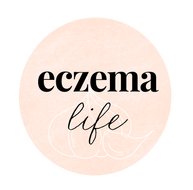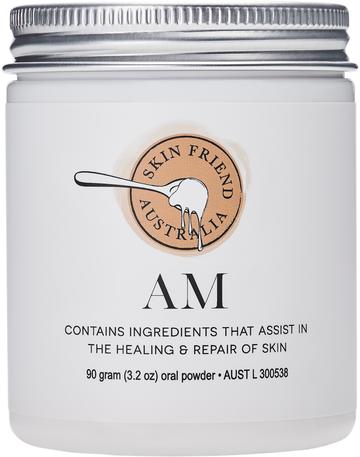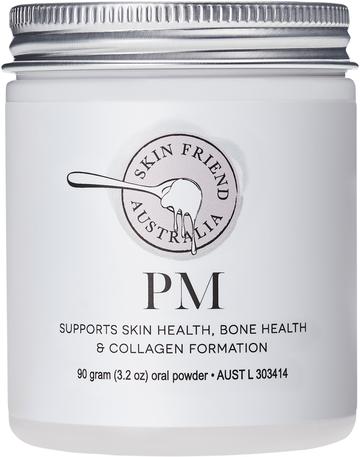Can calcium strengthen the skin's acid mantle? - dosages and food sources
Calcium is the most abundant mineral in the body and high levels are found in healthy, rash-free skin. Calcium deficiency signs include eczema, anxiety, hyperactivity, depression, heart palpitations and food sensitivities. Calcium boosts the acidity of the skin’s acid mantle, which can increase the skin’s ability to protect itself against dust mites and infections. Calcium also helps to maintain the right amount of moisturizing lipids in the epidermis layer of the skin by triggering lipid production.
Calcium carbonate is a salicylate sensitivity remedy as it is highly alkalizing and salicylate-free. It helps to quickly alkalize the blood and urine. Research shows the body eliminates excess salicylates when the urine pH reaches 7.5 — and supplementing with calcium carbonate helps you reach this pH, which is how it temporarily reduces salicylate intolerance.
Calcium: dosages and food sources
| Calcium (also known as) |
Supplement dosages (milligrams per day) |
Eczema-friendly food sources |
|
Calcium carbonate |
Infants (AI) 210–270 mg from breastmilk or hypoallergenic (dairy-free) infant formula Children + teens 1–4 years: 200–500 mg Adults 600–800 mg |
100 g (31⁄2 oz) tofu: 350 mg 1 cup calcium-fortified soy milk or rice milk: 300 mg 100 g (31⁄2 oz) sardines: 300 mg^ 100 g (31⁄2 oz) salmon: 200–300 mg^ 1⁄2 cup green soybeans: 130 mg 1 bowl oatmeal/porridge: 99–110 mg 1⁄2 cup white beans: 96 mg 160 g (5 1⁄3 oz) fish fillet: 85 mg 1 cup sweet potato: 76 mg^ 80 g (3 oz) rainbow trout: 73 mg^ 100 g (31⁄2 oz) flathead/flounder: 23–55 mg 1 cup green beans: 55 mg 100 g (31⁄2 oz) cabbage: 40 mg 1⁄2 cup celery: 20 mg 1 cup cooked spelt: 19 mg 1⁄2 cup leeks: 15 mg |
AI: Adequate Intake as per Australian Government guidelines. The RDI is the higher dose, the lower dose is the amount to be taken in supplement form (obtain the remaining RDI via foods).
*Calcium citrate is not part of the program as it is mostly citric acid so it does not have the highly alkalizing effect of calcium carbonate.
**You should obtain the RDI of calcium from both supplements and non-dairy food sources.
^Contains salicylates so this ingredient is not suitable during weeks 1–3 of the FID Program.
Notes:
- Take calcium more than 2 hours apart from your medications, iron and zinc supplements.
- High calcium intake helps to block the absorption of lead and other harmful heavy metals.
- If you have an adverse reaction to salicylate-rich foods (for example after eating out), take a serving of Skin Friend PM to temporarily improve symptoms. Calcium deficiency can cause insomnia and poor sleep — so take calcium along with glycine and magnesium to promote a more restful night’s sleep.
Products
At Eczema Life, we recommend nutritionist Karen Fischer's low food chemical program (The Eczema Detox) along with additive-free supplements for skin health and wellbeing. Click on the images to view more details:




